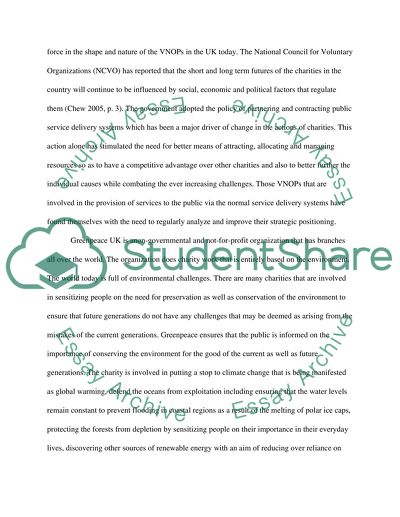Cite this document
(“Marketing Management: Greenpeace Essay Example | Topics and Well Written Essays - 2500 words”, n.d.)
Retrieved from https://studentshare.org/marketing/1394462-marketing-management-greenpeace
Retrieved from https://studentshare.org/marketing/1394462-marketing-management-greenpeace
(Marketing Management: Greenpeace Essay Example | Topics and Well Written Essays - 2500 Words)
https://studentshare.org/marketing/1394462-marketing-management-greenpeace.
https://studentshare.org/marketing/1394462-marketing-management-greenpeace.
“Marketing Management: Greenpeace Essay Example | Topics and Well Written Essays - 2500 Words”, n.d. https://studentshare.org/marketing/1394462-marketing-management-greenpeace.


